In the ecommerce business, you can pick all kinds of numbers by which to judge and analyze your business. You can calculate visitors, bounce rates, CTRs, conversion rates, and micro-conversion rates — all of which are important.
But there’s another metric, the importance of which far outweighs all the others.
It’s called LTV — the customer’s lifetime value.
In this article, I want to tell you how you can improve customer lifetime value for your ecommerce business.
Why LTV matters.
What is LTV? LTV is the total amount of money that you’ll receive from a customer throughout their entire lifetime as a customer. For example, let’s say you have an ecommerce store. If the average customer spends $100 per year and does so for an average of three years, then the average customer LTV is $300.
Here’s why this is such an important number.
LTV is the best analytics metric.
LTV sweeps away all other metrics because it focuses on long-term value, not the flash-in-the-pan appeal of visitor spikes and seasonal fluctuation. LTV gives a balanced view to your ecommerce universe by flattening the peaks and troughs into a straight line of either success or failure.
Analytics maven Avinash Kaushik sings the praises of LTV. He explains that doing lifetime value (LTV) computations is “focusing on real success….finding the customers that create value for the company….[and] doing the kind of Analysis Ninja work that solves tomorrow’s problems today!”
LTV affects every area of business.
LTV matters because it affects every area of your business. Take a look at how the customer’s lifecycle (read: LTV) impacts virtually every sector of an ecommerce business.
What do you see beyond the labels in the diagram above? I see marketing, strategy, outreach, UX, development, product, customer service, management decision-making, sales, PPCs — basically everything that makes an ecommerce business viable. LTV is part and parcel of it all.
Increasing LTV means higher profits.
LTV is also important because it shows you the path to achieve higher profits. If you increase LTV, then you increase profits, plain and simple.
According to Marketing Metrics, the possibility of selling to a new prospect is 5-20%, but the probability of selling to an existing customer is 60-70%. By focusing on returning customers — their lifetime value — you are focusing on a strategy that gives your business higher profit margins.
BigCommerce, an ecommerce store provider, writes,
To ensure a high profit, it’s important to influence your customers to keep coming back to purchase. That means you want your churn to be low so that once you acquire a customer, they continue to come back and purchase again and again. Lower churn means higher LTV and a healthier business overall.
To calculate LTV, please check out the infographic on the subject.
So, what can you do to inch up your customer lifetime value? The following five tactics will get you there.
1. Publish an engaging and informative e-blast or newsletter.
A newsletter sounds like an old trick (and it is), but it’s also a great method of improving LTV. Why?
First off, a newsletter keeps your brand front and center in a customer’s minds. How can they forget about you if you send them regular emails? They can’t. And when they remember, they are more likely to return and buy.
Second, you can segment customers to gain even higher value from each newsletter. A targeted email to customer segments is far better than a generic email sent to a huge mailing list.
Just having a newsletter isn’t enough. Here’s how to make your newsletter truly valuable:
Make your emails worth reading.
Few emails make it to the trash bin faster than a boring newsletter. Keep your emails interesting if you want to use it as an LTV growth strategy. As Buffer writes, “People will open good emails no matter how often you send them.”
Test your subject lines.
The best emails are those that lead off with a great subject line. By testing my email subject lines, I was able to improve my open rate by 203%.
Send your emails on a regular basis.
How many emails should you send each month? There’s no one-size-fits-all answer. Jeremy Reeves provides a comprehensive but complex answer in his Daily Egg article on the subject.
The bottom line truth is that you need to find a frequency that’s right for your customers and your business. You can do this by testing your email open rates, CTRs, etc. Keep in mind that your email outreach may vary based on the customer’s time since signup. It should be adjusted “in a slowly regressing way.”
2. Create as many engagement points as possible.
How would you like to create an environment where your customer is constantly exposed to your message. You’re a perpetual presence. Whether browsing Facebook, sending a Tweet or even posting to Instagram, your brand and your message is there. Is it possible?
Yes. This may sound like multichannel marketing (and it is), but don’t let the corporate jargon throw you off. By engaging with your customers in many different places and methods, you increase that customer’s lifetime value. You become embedded in the customers’ mind, influencing her buying, affecting her browsing, and subtly moving the needle on her LTV.
Multichannel marketing is a strategy for getting in front of your customers wherever they happen to be. The idea is simple, but applying it in practice can get complicated.
Here’s a straightforward way to improve LTV by creating multiple engagement points.
- Make a list of the places where your customers spend time, both online and offline.
- Develop an advertising or content marketing presence in those places.
- Encourage your customers to engage with your brand on those platforms.
One of the most basic methods of applying this is simply to use social connection points on your website. Like so:
Here’s how Hubspot uses it:
Make a presence. Make it big. And encourage people to be a part. Implement a little multichannel magic, and you’ll start to improve LTV.
3. Develop a recurring payment (subscription) model.
One of the most powerful ways to improve LTV is to turn your product into a subscription. With a subscription product, you gain a recurring revenue stream. Customers pay more, last longer, and become highly valuable.
Consider a standard ecommerce LTV calculation. In this best case scenario example, a customer makes four purchases a year. Total revenue: $280.
But what about a subscription model? Let’s take one popular subscription service as an example:
With the annual cost at $110, you gain a customer who sticks with you, vastly improving their lifetime value. Whereas the traditional model of ecommerce creates erratic customers with an unpredictable and fickle LTV, the recurring subscription model produces a steady stream of income that lasts longer and creates more value and profit.
4. Upsell and cross-sell.
It’s easier to sell to your existing customer than to try and get a new customer on board.
And when you do so, you improve the lifetime value of that customer in an exponential way.
Observe how this strategy has compounding value. This real-life example comes from a tax preparation professional who provides. His average customer lifetime value is $5,250. That’s not bad. But can it be higher?
Yes. By upselling an existing customer on tax planning, support, and a couple of referrals, the $5,250 customer expands into a $37,350 customer!
Upselling is the ecommerce equivalent of stepping on the gas. Sure, you’re going to get where you’re going if you don’t upsell, but you will get there a lot faster by upselling.
The example below graphs the way that upsells improve SaaS profitability, but the principle holds true in any ecommerce venue or niche. Upselling provides more profitability, more growth, and faster time to profit.
Notice the huge revenue difference between an average customer and a customer with cohort upselling in this diagram.
Upselling and cross-selling produce far more profit than you’d ever get from average customers. Upselling isn’t something that you leave to chance. You have to do the selling. Don’t let the fear of rejection put you off.
Remember, upselling existing customers has a 60-70% likelihood. You’ll get more yesses than nos!
5. Improve customer service.
One insanely powerful technique for increasing LTV is increasing the quality of your customer service.
In the famed Harvard Business School report, researchers discovered that a 5% increase in retention rates translates into 25-95% improvements in profit! “Retention rates” is a code word for “lifetime value.” A customer retained is a customer whose lifetime value must by necessity increase. The longer a customer is a customer, the more he or she will spend.
Disney Parks boast a 70% return rate, according to Help Scout. How do they do it? There’s a lot of magic in Disney, but the theme park doesn’t depend on magic alone. Their effort is to serve their guests through “constant and never-ending optimization.” The entire focus of the theme park is giving people a good time.
When you give people a good time, they’ll come back for more.
Here are some simple ways that you can increase your customer service, and thereby improve your customer lifetime value:
- Emphasize quality over quantity.
- Be responsive. Let no phone call or email go unanswered.
- Publish authoritative content.
- Scale up problems to get the best level of attention for a customer.
- Be willing to overdeliver on some occasions. Like delivering a pizza if necessary.
- Acknowledge the customer’s concern.
- Smile. Smile on the phone. Smile in your emails. Just smile.
- Provide discounts for loyalty.
- Be patient with angry customers.
- Combine your knowledge of the product with your knowledge of individual customers.
- Use positive language as often as possible.
- Never give up on an exasperating customer.
- Adopt the attitude of a learner when interacting with customers.
The sheer power of a well-served customer is surprising when you see it for the first time. Someone whom you’ve treated well will, in turn, treat you well. Lifetime value includes more than just profitability. It includes relationships.
Conclusions
There are innumerable strategies for fighting shopping cart abandonment, reducing churn, doing content management, and delivering a high value for your customers. But what about the best metric of all — LTV?
What I’ve attempted to trace out in this article are four simple ways that you can turn ordinary customers into lifelong, high-value fans.
- Stay in touch by regularly sending them well-written email.
- Interact with your customers wherever they happen to be.
- Turn your one-off customers into recurring buyers by implementing a subscription model.
- Start cross = selling and upselling.
- Make customer service a priority.
Give these things a try, and you’ll start to see a gradual increase in the lifetime value of your customers.
What are your winning tips for increasing customer lifetime value?
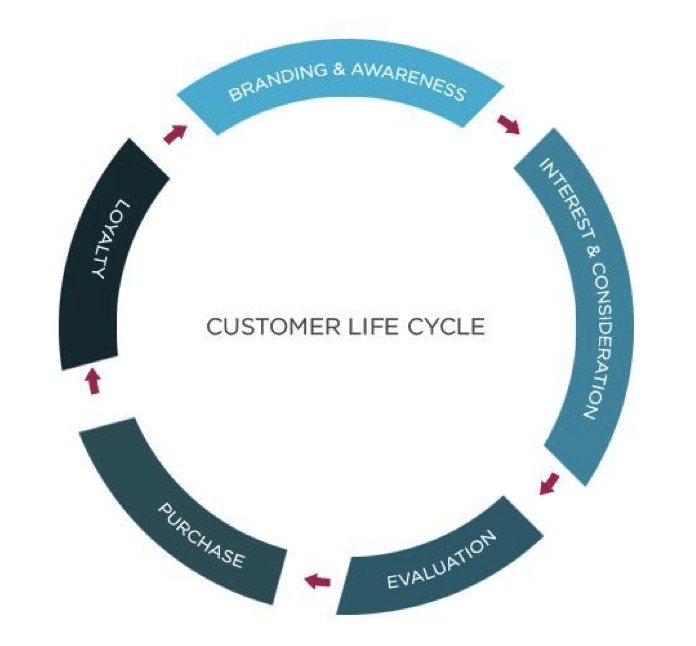
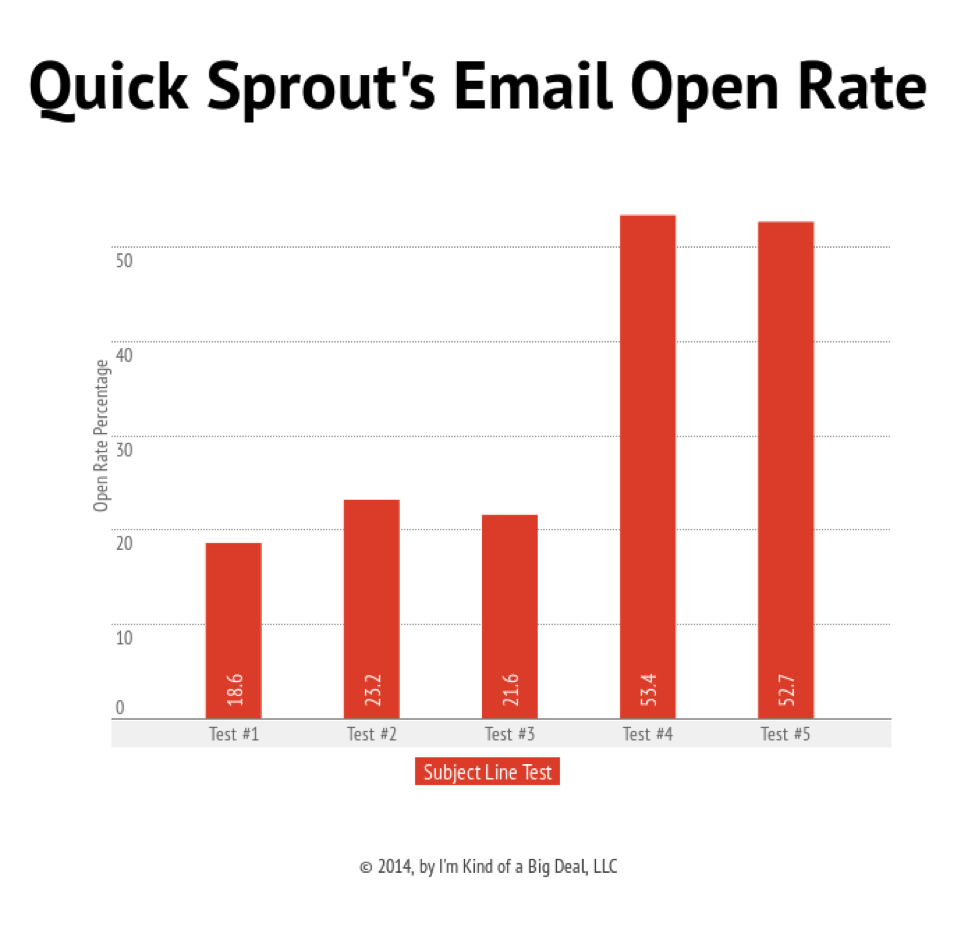
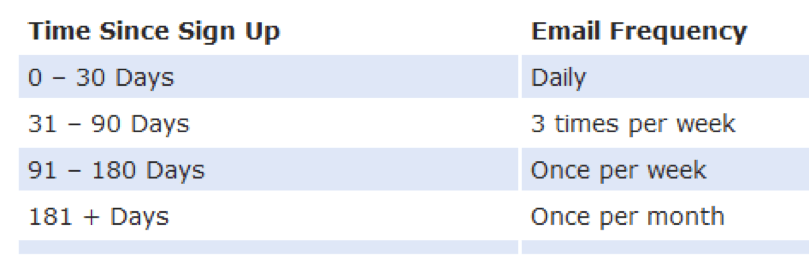

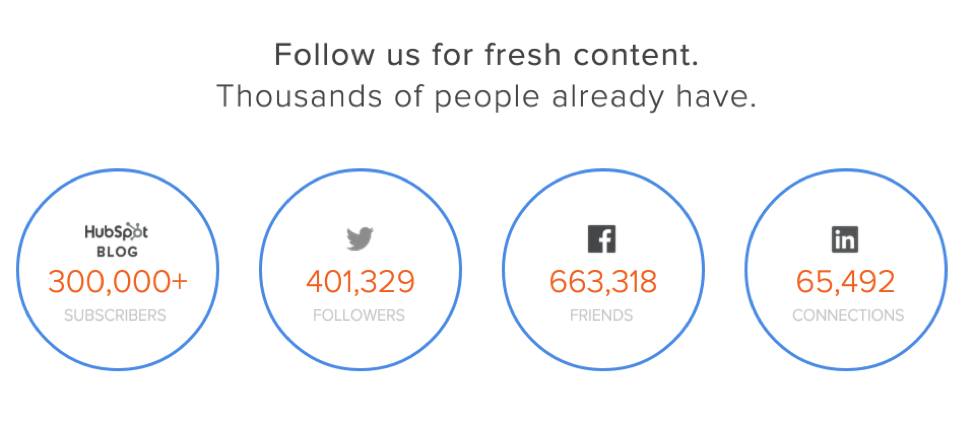
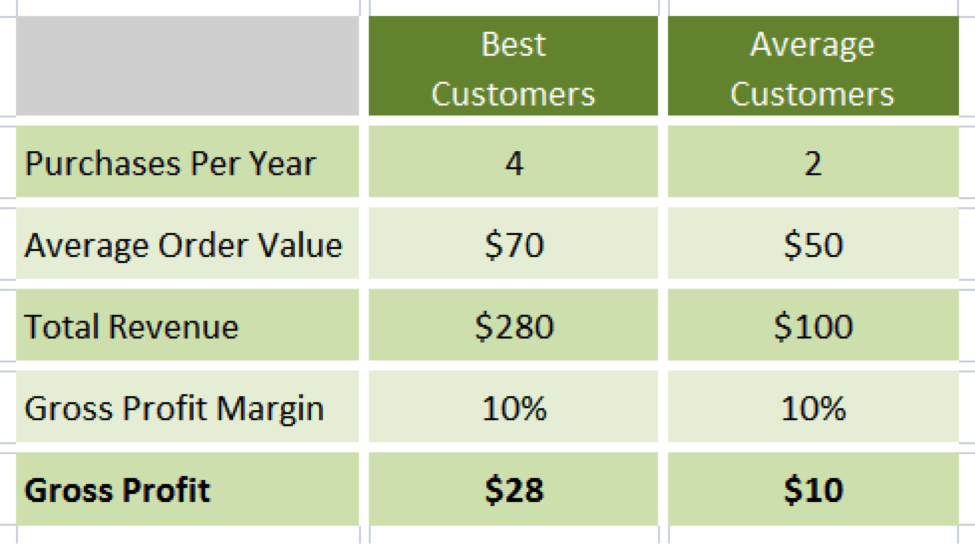

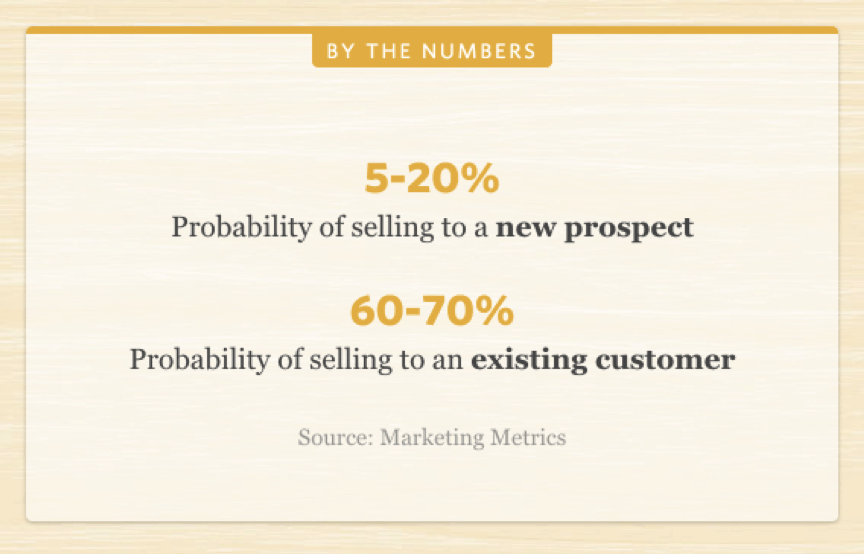
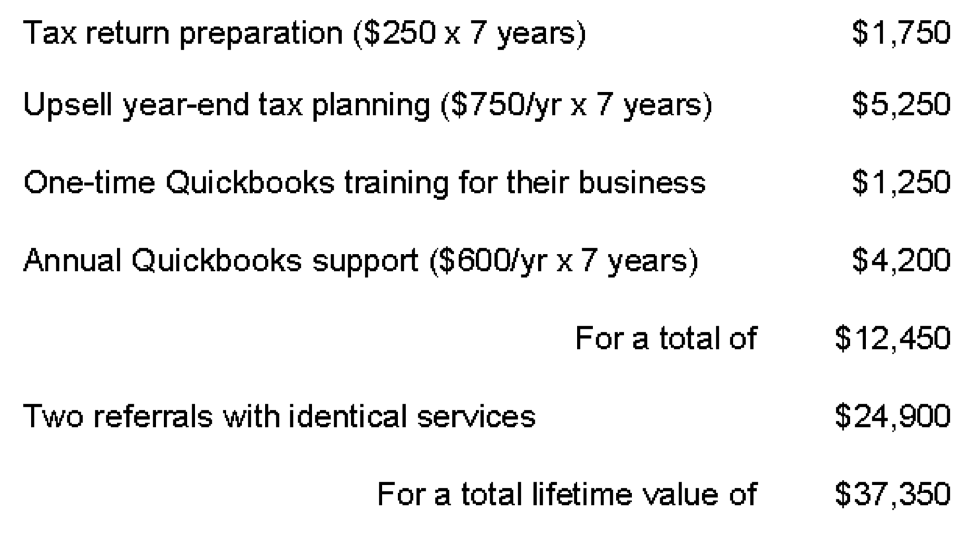
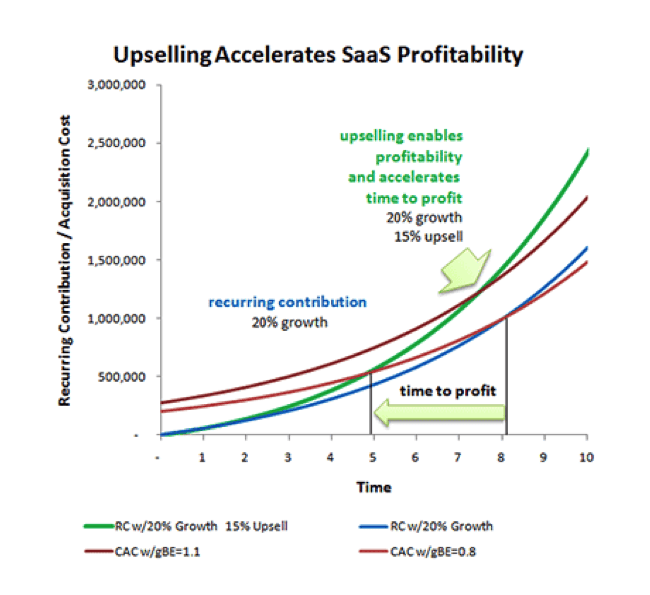
Comments (8)